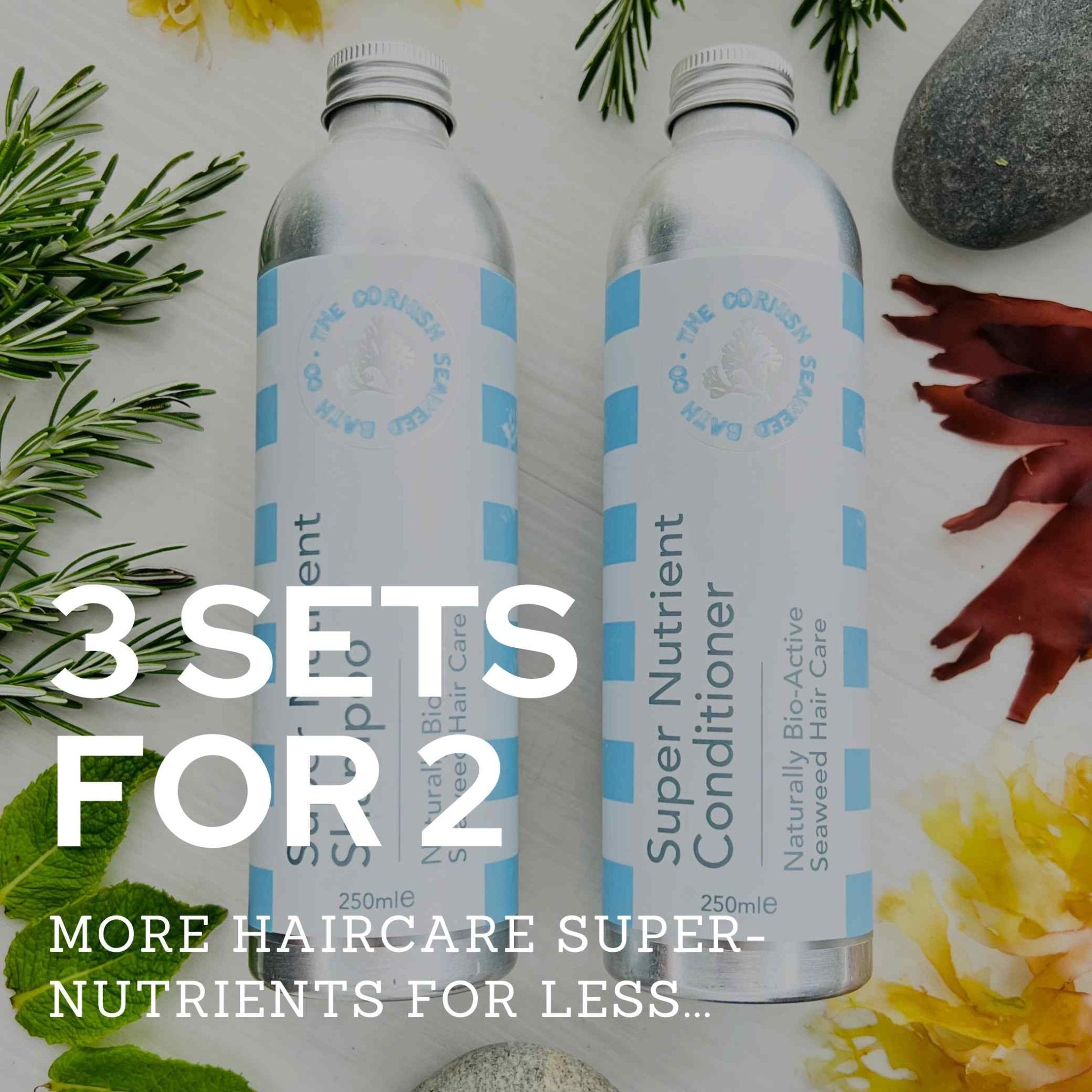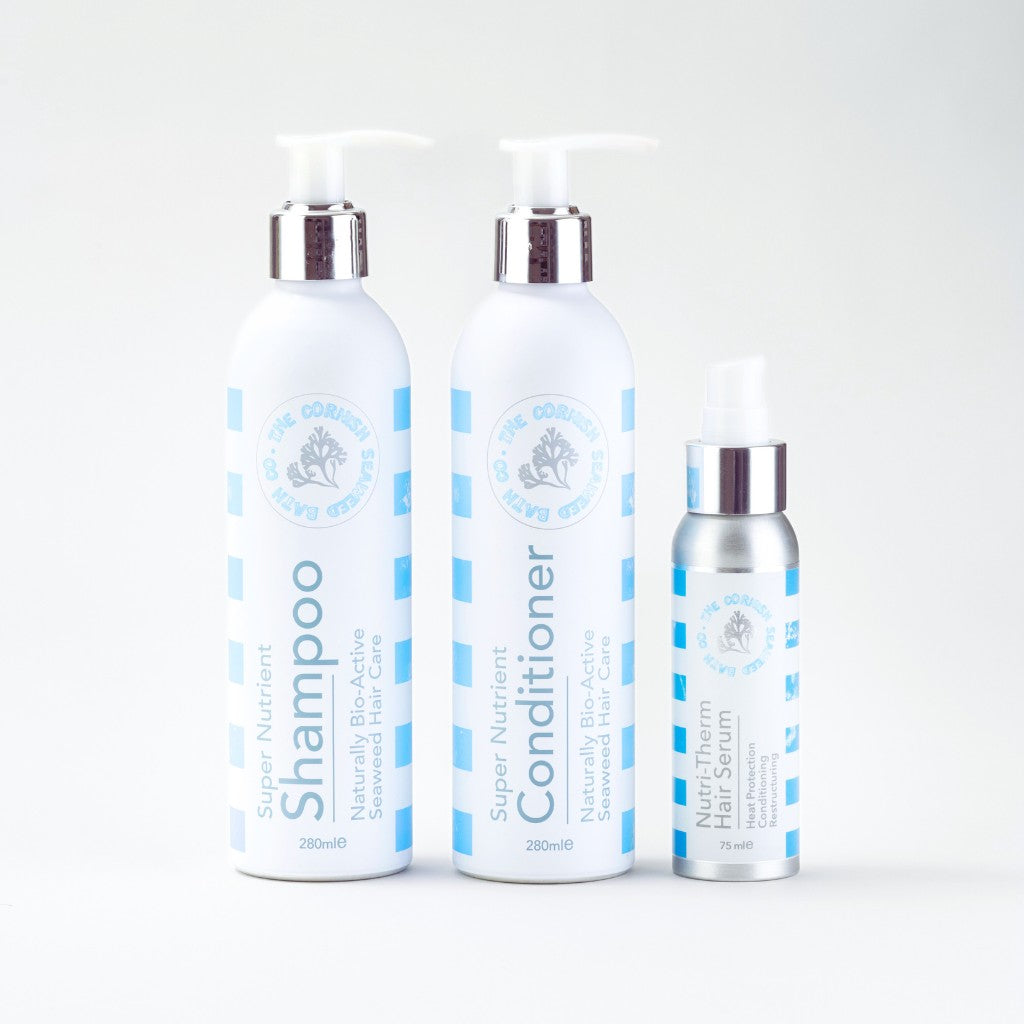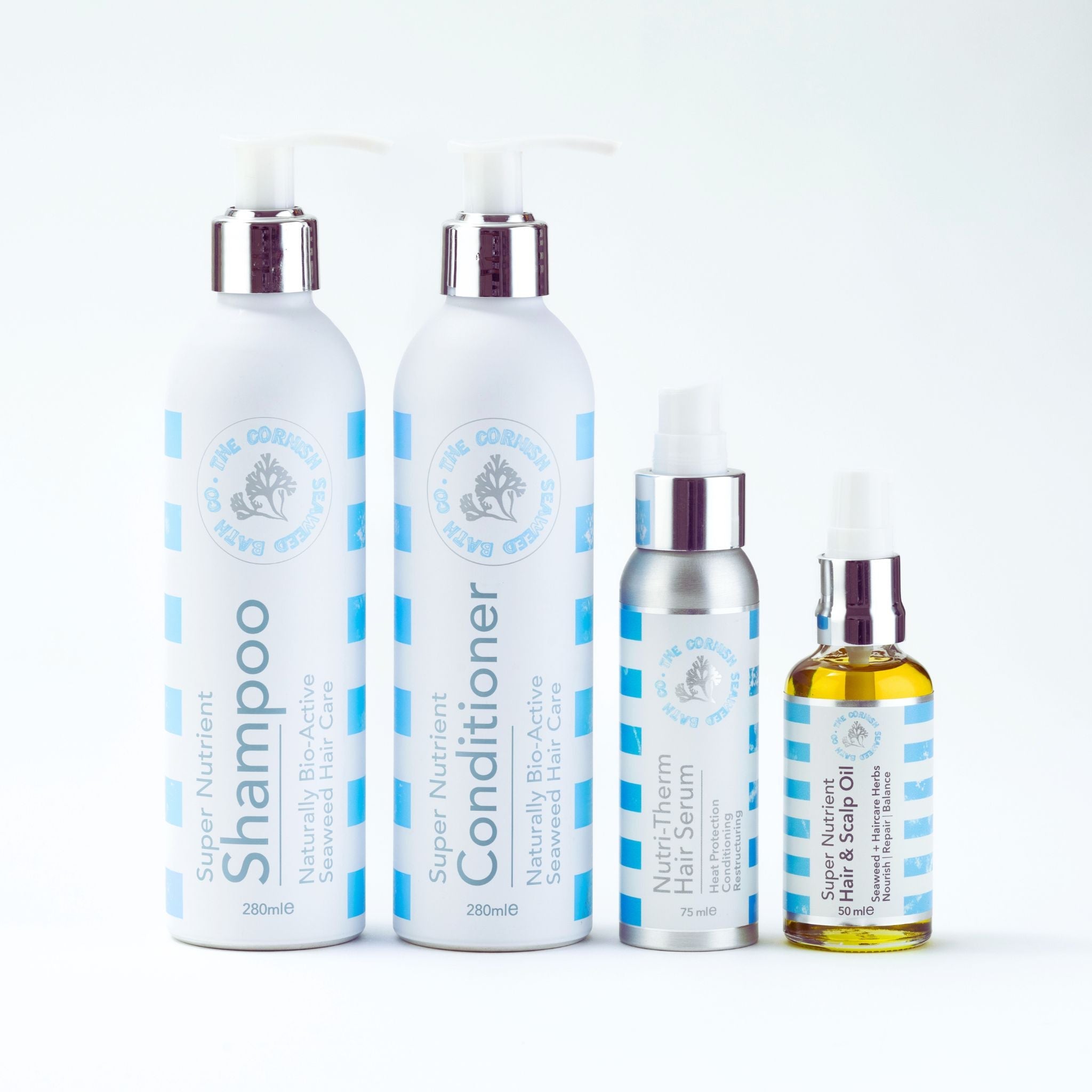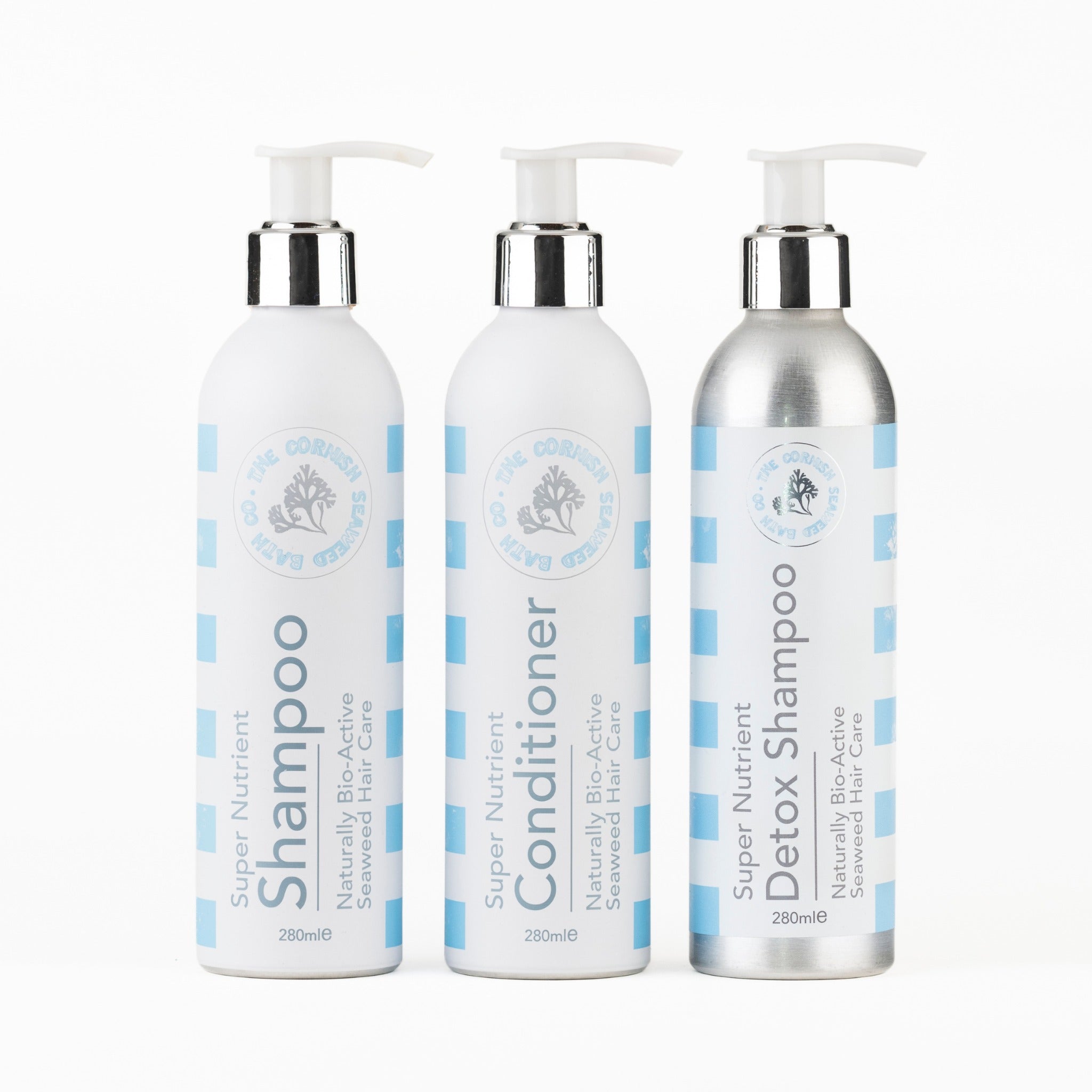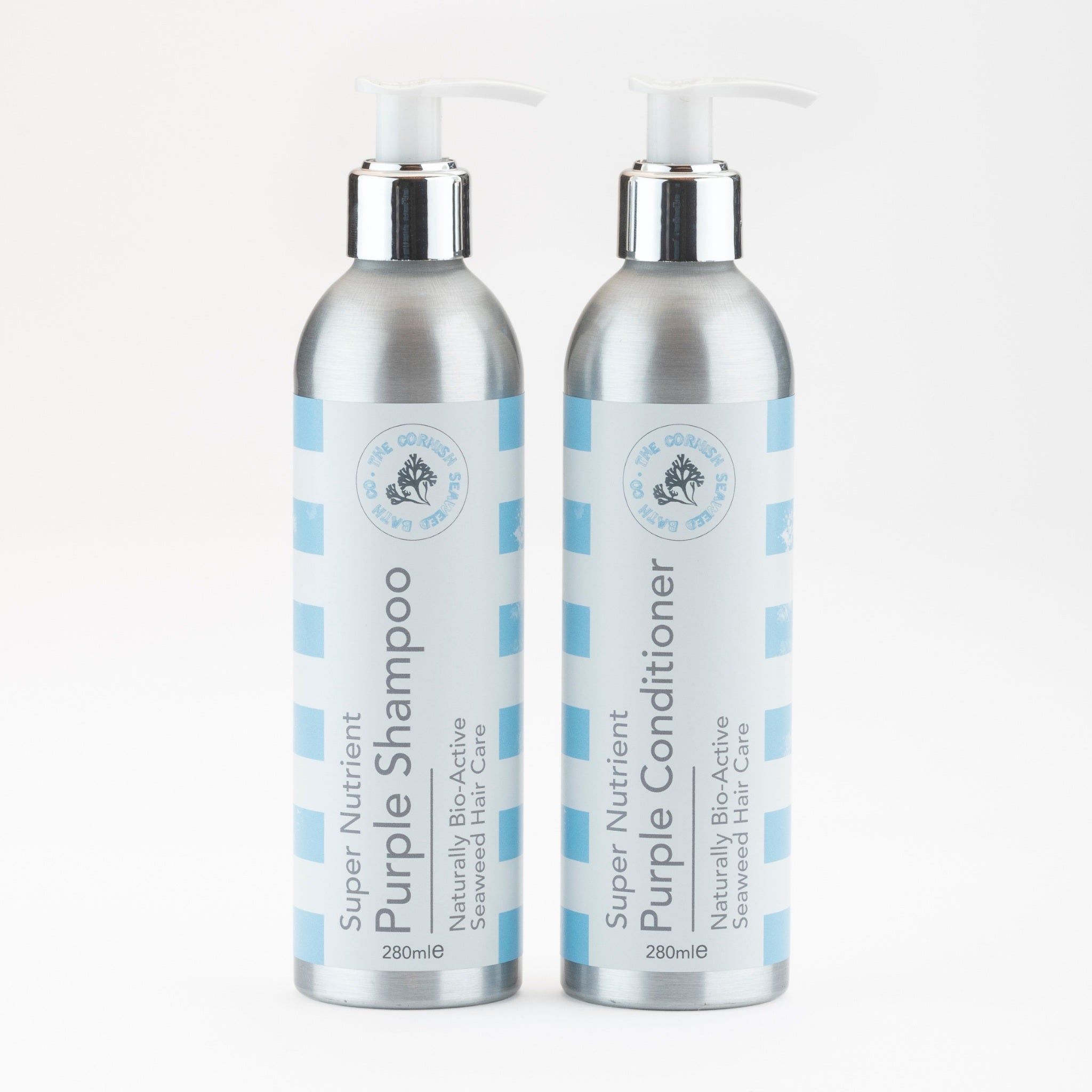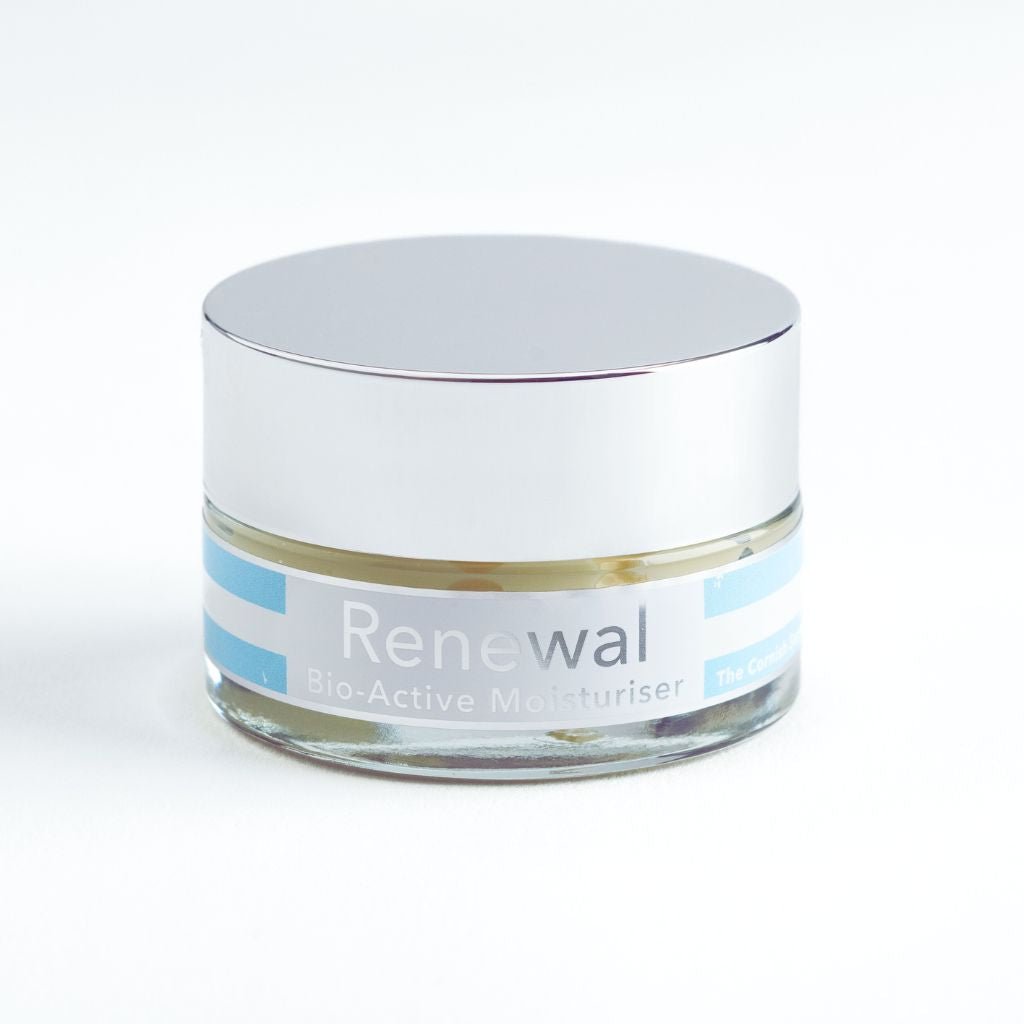Key Takeaways
- Glycerin is a widely trusted ingredient in facial skincare known for its versatility.
- It functions as a humectant, helping to maintain healthy and hydrated skin.
- Glycerin can be sourced from both plant-based and synthetic origins.
- Understanding its uses enables effective incorporation into both commercial products and home treatments.
Table of Contents
- What Is Glycerin and How Does It Work for Facial Skin?
- Key Benefits of Glycerin for Your Face, With Evidence
- Suitability and Safety, Is Glycerin Right for Your Skin Type?
- Glycerin vs Other Hydration Heroes, Evidence-Based Comparison
- Glycerin in Formulated Face Products vs Pure DIY Use
- What to Do If Glycerin Causes Problems
- Glycerin and Facial Pigmentation, Evidence vs Myths
- Caring for Glycerin, Storage and Environmental Considerations
- A Thoughtful Approach to Glycerin in Daily Care
The Many Uses of Glycerin for Your Face: A Calm, Evidence-Led Exploration
Glycerin has earned its place as one of the most trusted ingredients in facial skincare, yet many of us remain uncertain about its precise uses and benefits. This humble humectant, derived from plant or synthetic sources, offers remarkable versatility for maintaining healthy, hydrated skin. Understanding the uses of glycerin for face care allows you to harness its gentle yet effective properties, whether through ready-made formulations or carefully prepared home treatments.
From supporting your skin's natural moisture barrier to soothing irritation, glycerin's applications extend far beyond simple hydration. We'll explore evidence-based approaches to incorporating this ingredient into your routine, examine how it compares to other moisturising agents, and address common concerns about safety and effectiveness across different skin types.
If you're looking for a targeted solution to refresh and hydrate the delicate under-eye area, our Revitalise Eye Gel Set is formulated with glycerin and marine botanicals to help reduce puffiness and provide lasting moisture.
What Is Glycerin and How Does It Work for Facial Skin?
Glycerin, also known as glycerol, is a naturally occurring compound found in plant oils and animal fats. This clear, odourless liquid serves as a powerful humectant, meaning it attracts moisture from the surrounding environment and draws it into your skin. When applied to your face, glycerin creates a protective film that helps prevent water loss whilst simultaneously pulling hydration from the air around you.
The molecule's unique structure allows it to penetrate the upper layers of skin, where it binds to water molecules and helps maintain optimal hydration levels. This dual action, drawing moisture in and preventing it from escaping, makes glycerin particularly effective for facial care, where delicate skin requires gentle yet consistent moisture support.
| Type | Source | Purity Level | Environmental Impact | Vegan Status |
|---|---|---|---|---|
| Plant-Based Glycerin | Coconut, palm, soy oils | 99.5%+ when refined | Lower when sustainably sourced | Yes |
| Synthetic Glycerin | Petroleum derivatives | 99.7%+ typical | Higher carbon footprint | Yes |
| Animal-Derived | Beef or pork fat | Variable quality | Moderate | No |
In modern facial care products, you'll find glycerin listed among the first few ingredients in cleansers, moisturisers, and serums. Its compatibility with other skincare actives and its gentle nature make it suitable for daily use across all skin types, from sensitive to mature skin requiring extra nourishment.
Key Benefits of Glycerin for Your Face, With Evidence

Deep Hydration and Moisture Retention forms glycerin's primary strength. Research indicates that glycerin can increase skin hydration levels by up to 40% within hours of application, with effects lasting throughout the day. The key lies in applying glycerin-containing products to slightly damp skin, ideally within three minutes of cleansing, when your skin is most receptive to moisture absorption.
Skin Barrier Support and Repair represents another significant benefit. Regular glycerin use helps strengthen your skin's protective barrier by maintaining optimal hydration levels in the stratum corneum. This proves particularly valuable during harsh weather conditions or when using active ingredients that might compromise barrier function. Combining glycerin with occlusive ingredients creates an effective barrier repair system.
Soothing Properties for Sensitive Skin make glycerin suitable for those prone to irritation or redness. Unlike some moisturising ingredients that can trigger reactions, glycerin's gentle nature rarely causes sensitivity issues. However, we always recommend patch testing any new product or DIY preparation on a small area of skin before full facial application.
Relief from Dryness and Flakiness occurs through glycerin's ability to soften and smooth rough skin patches. When properly diluted (typically one part glycerin to ten parts water or floral water), it can help address dry areas without leaving a sticky residue. This makes it particularly useful for addressing winter dryness or post-treatment skin recovery.
The uses of glycerin for face care extend to supporting natural radiance by maintaining optimal hydration levels that allow skin to reflect light more evenly. Well-hydrated skin appears plumper and more luminous, though glycerin itself doesn't provide exfoliation or active brightening properties.
For more on how marine ingredients can enhance your skincare routine, explore the benefits of ocean minerals for skin in our in-depth guide.
Suitability and Safety, Is Glycerin Right for Your Skin Type?
Glycerin demonstrates remarkable compatibility across all skin types, though the concentration and application method may vary based on individual needs. Dry and mature skin typically benefit from higher concentrations within formulated products, whilst oily or combination skin may prefer lighter applications or glycerin blended with water-based ingredients.
For those concerned about acne or clogged pores, glycerin's non-comedogenic properties provide reassurance. The ingredient won't block pores when used appropriately, though applying undiluted glycerin or using excessive amounts might create a film that some find uncomfortable. The key lies in proper dilution and allowing adequate absorption time.
Sensitive skin types, including those with rosacea or eczema, often find glycerin well-tolerated when other moisturising ingredients prove irritating. However, the source and purity of glycerin matter, pharmaceutical or cosmetic-grade glycerin from reputable suppliers reduces the risk of impurities that could cause irritation. Always patch test new products before full use.
Glycerin vs Other Hydration Heroes, Evidence-Based Comparison
When evaluating hydrating ingredients for facial care, we assess four critical factors: water-binding capacity, skin compatibility, application feel, and environmental impact. This comparison examines how glycerin measures against other popular moisturising agents to help you make informed choices about the uses of glycerin for face care.
Glycerin versus Hyaluronic Acid: Both excel as humectants, yet they function differently. Hyaluronic acid can theoretically hold up to 1,000 times its weight in water, whilst glycerin draws moisture from both the environment and deeper skin layers. Glycerin proves more stable in varying humidity levels and costs considerably less, making it accessible for daily use. Hyaluronic acid requires careful layering and can sometimes feel tacky, whereas properly diluted glycerin absorbs more readily.
Glycerin versus Plant Oils: Plant oils create occlusive barriers that prevent water loss, whilst glycerin actively attracts moisture. Oils like jojoba or argan provide nutrients and create protective films, but they can feel heavy on oily skin types. Glycerin offers lighter hydration that works well under makeup or in humid conditions. For comprehensive moisture support, many find combining both approaches most effective.
Glycerin versus Petroleum-Based Occlusives: Petroleum jelly creates an impermeable barrier that prevents water loss but doesn't add moisture to skin. It can feel heavy and may interfere with natural skin breathing. Glycerin allows skin to function normally whilst actively improving hydration levels. From an environmental perspective, plant-derived glycerin offers a more sustainable choice than petroleum-based alternatives.
| Ingredient | Hydration Method | Skin Feel | Best For | Sustainability |
|---|---|---|---|---|
| Glycerin (Plant-based) | Draws moisture from air and deeper skin layers | Light, absorbs well when diluted | All skin types, daily use | Renewable, biodegradable |
| Hyaluronic Acid | Binds water molecules | Can feel tacky, needs careful application | Very dry or mature skin | Often synthetic, stable |
| Plant Oils | Creates barrier, prevents water loss | Rich, can feel heavy | Dry skin, evening use | Renewable, varies by source |
| Petroleum Jelly | Occlusive barrier only | Heavy, greasy | Severely compromised barriers | Non-renewable petroleum derivative |
Glycerin in Formulated Face Products vs Pure DIY Use

Ready-made facial products incorporate glycerin within carefully balanced formulations that ensure optimal concentration, stability, and compatibility with other active ingredients. Professional formulations typically contain 3-5% glycerin alongside complementary humectants, emollients, and preservatives. This approach eliminates guesswork about dilution ratios and reduces the risk of application errors that can lead to skin irritation or stickiness.
Pure glycerin requires careful handling and dilution, never apply undiluted glycerin directly to facial skin, as it can actually draw moisture from your skin rather than the environment, particularly in low-humidity conditions. Home users must master proper ratios (typically 1 part glycerin to 9-10 parts water or floral water) and understand storage requirements. Whilst this approach offers ingredient control and cost savings, it demands more knowledge and preparation time.
Quality formulated products, particularly those featuring natural ingredients like seaweed extracts, often combine glycerin's hydrating properties with additional skin-supporting botanicals. Our Renewal Facial Cleanser and Renewal Bio-Active Moisturiser harness glycerin alongside Cornish seaweed and other plant-derived ingredients, creating synergistic effects that pure glycerin alone cannot achieve.
To learn more about the importance of a good facial cleanser in your routine, read our article on the cleanser and its role in healthy skin.
Formulated Products - Advantages:
- Optimal concentration guaranteed
- Stability and preservation
- Complementary ingredient combinations
- Convenient, ready-to-use application
DIY Pure Glycerin - Considerations:
- Requires dilution knowledge and precision
- Risk of application errors
- Limited shelf stability once mixed
- Time-consuming preparation
What to Do If Glycerin Causes Problems
Genuine glycerin sensitivity remains rare, but application errors can create uncomfortable experiences that mimic allergic reactions. True sensitivity typically manifests as persistent redness, itching, or burning that doesn't subside within 30 minutes of application. If you experience these symptoms, discontinue use immediately and rinse thoroughly with cool water. Persistent reactions warrant consultation with a dermatologist to rule out underlying skin conditions.
Addressing Common Application Issues: Sticky residue usually indicates insufficient dilution or application of too much product. Reduce the glycerin concentration in your mixture and apply thinner layers. If skin feels tight or unusually dry after using glycerin, you may be in a very low-humidity environment or have applied it to completely dry skin. For best results, always apply glycerin-based products to slightly damp skin and allow them to absorb fully before layering other products.
Glycerin and Facial Pigmentation, Evidence vs Myths
Scientific research shows glycerin functions purely as a humectant and has no bleaching or depigmenting properties. The confusion around glycerin's "brightening" effects stems from its ability to improve skin hydration, which can make dull, dehydrated skin appear more radiant.
Well-hydrated skin reflects light more evenly, creating the appearance of improved tone and reduced visibility of dry patches that may look darker than surrounding areas. This optical improvement differs significantly from actual pigment reduction, which requires specific active ingredients like vitamin C or kojic acid.
Safe Brightening Combinations: Some traditional recipes combine glycerin with rose water or aloe vera gel, both of which offer additional soothing benefits. However, avoid mixing glycerin with lemon juice or other acidic ingredients without proper pH testing, as these combinations can cause photosensitivity or irritation.
For those seeking to address genuine hyperpigmentation concerns, glycerin serves best as a supporting hydrator alongside clinically proven treatments rather than as a primary brightening agent. The uses of glycerin for face care should focus on its established moisturising benefits rather than unsubstantiated whitening claims.
Caring for Glycerin, Storage and Environmental Considerations

Pure glycerin maintains its effectiveness for 2-3 years when stored in a cool, dark place in its original container. Once diluted with water or floral waters, use within one week and store in the refrigerator to prevent bacterial growth.
Choose amber or cobalt glass bottles for homemade glycerin mixtures, as these protect against light degradation while remaining environmentally responsible. Avoid plastic containers for long-term storage, as glycerin can absorb plastic compounds over time.
Sustainable Sourcing: Plant-based glycerin derived from coconut, palm, or soy oils offers the same functional benefits as synthetic versions while supporting more sustainable production methods. However, verify that palm-derived glycerin comes from certified sustainable sources to avoid contributing to deforestation.
For a deeper dive into how moisturisers work and how to choose the right one for your skin, see our guide on moisturiser.
For further scientific reading, see this clinical review of glycerin's role in skin hydration.
A Thoughtful Approach to Glycerin in Daily Care
Incorporating glycerin into your routine works best when applied to slightly damp skin within three minutes of cleansing, allowing it to seal in existing moisture while drawing additional hydration from the environment. This timing maximises the uses of glycerin for face hydration while preventing the tight feeling that can occur on completely dry skin.
Rather than viewing glycerin as a standalone solution, consider it part of a broader commitment to ingredient transparency and sustainable self-care practices. The most effective routines combine glycerin's proven hydrating properties with other naturally-derived ingredients that support long-term skin health.
We champion this philosophy in our own formulations, where seaweed extracts work alongside carefully selected botanicals to create products that nourish both skin and environmental wellbeing. Our Renewal Bio-Active Moisturiser demonstrates how traditional ingredients like glycerin can be enhanced with marine botanicals for deeper, more sustained hydration that respects both your skin's needs and our coastal ecosystem.
For more inspiration on natural skincare rituals, discover five ways to use seaweed to care for your skin health.
To explore more about the science behind humectants, see this open-access review on moisturising agents.
Frequently Asked Questions
How does glycerin work to hydrate and protect facial skin?
Glycerin acts as a humectant, attracting moisture from the environment and drawing it into the skin’s upper layers. It forms a protective film that helps reduce water loss, supporting the skin’s natural hydration and barrier function.
Is glycerin suitable for all skin types, including sensitive and dry skin?
Yes, glycerin is generally well-tolerated across skin types, including sensitive and dry skin, due to its gentle, non-irritating nature. It helps soothe and maintain moisture without clogging pores or causing dryness.
What are the differences between plant-based, synthetic, and animal-derived glycerin in skincare?
Plant-based glycerin is derived from vegetable oils, offering a natural source often preferred for sustainability. Synthetic glycerin is chemically produced but functionally similar, while animal-derived glycerin comes from fats; all types provide comparable humectant benefits in skincare.
Can glycerin be safely used in DIY facial treatments as well as commercial products?
Glycerin can be used safely in both DIY facial treatments and commercial formulations when properly diluted and combined with suitable ingredients. Its versatility makes it a reliable choice for maintaining skin hydration in various applications.
A picture tells a thousand words: out of necessity, some images in this blog post have been created using artificial intelligence models. This is to help us bring to life & more comprehensively express the written content within this post. We only using artificially generated images when we don’t have a suitable image available to us.
 Christmas Gifts!
Christmas Gifts!



